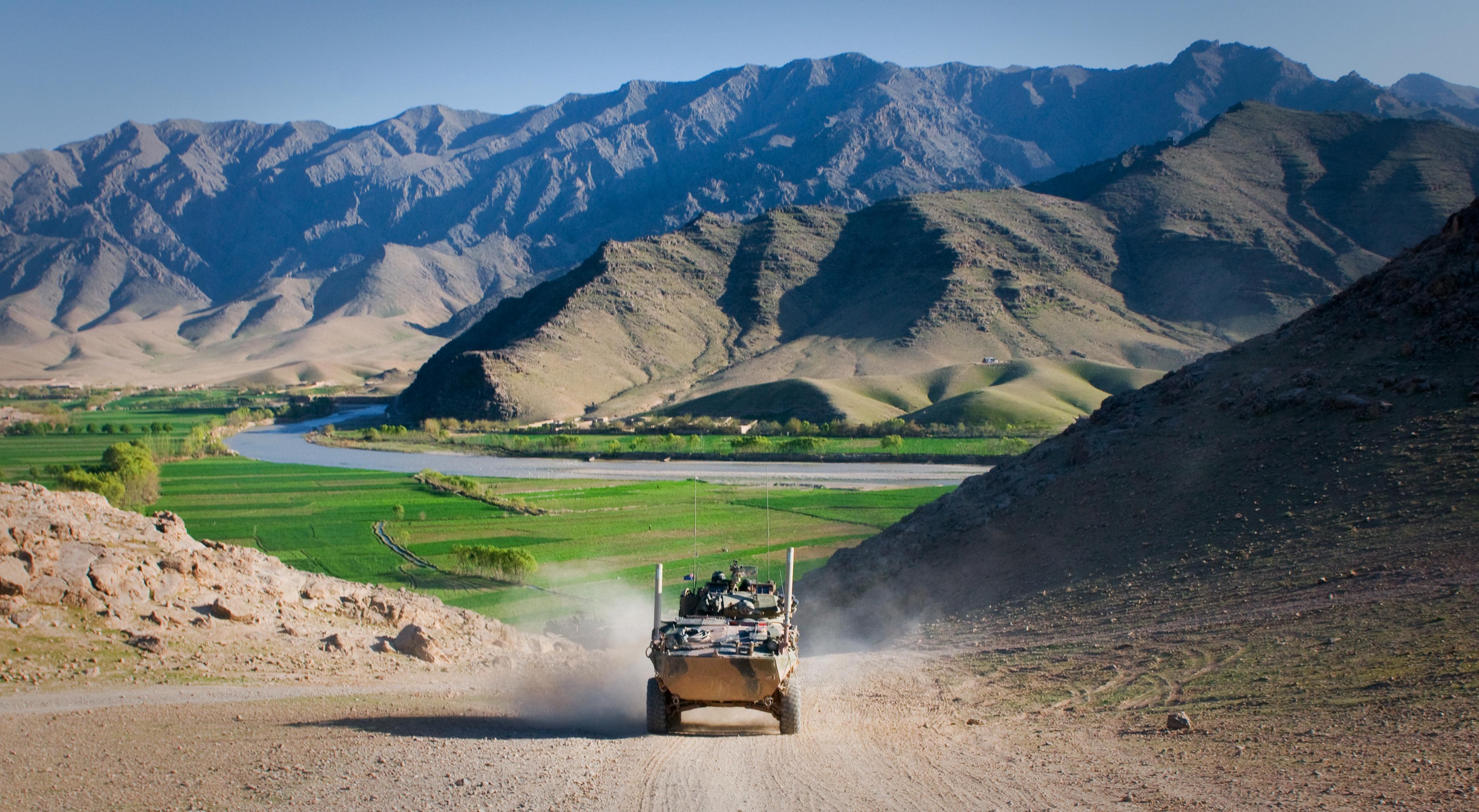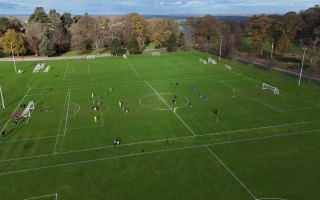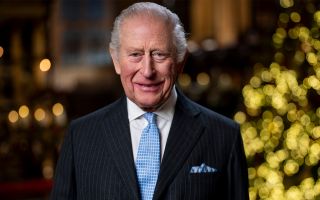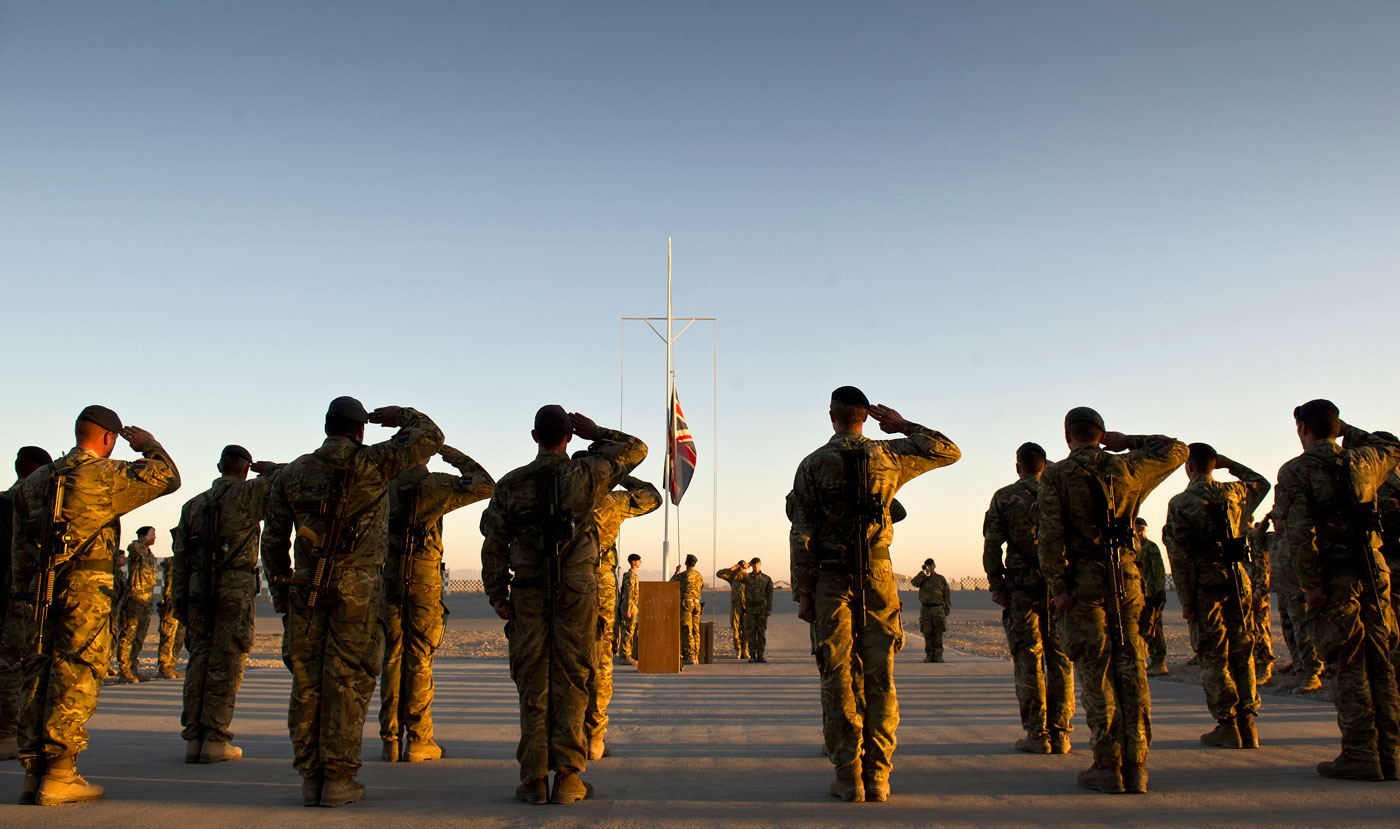
Afghanistan 16 Years On: Where Does The USA Stand Now?

President Donald Trump has warned against a hasty withdrawal from Afghanistan, stating that this would leave a gap for terrorists to fill.
He said that although he originally planned to pull US forces out of Afghanistan, he now intends to stay and "fight to win".
But why are US forces still in Afghanistan in the first place?
In recent years, the Taliban have been overshadowed in the media by the growing threat posed by the so-called Islamic State.
However, despite 16 years of warfare in Afghanistan, the Taliban is arguably as strong as ever.
The US-Afghanistan conflict began in 2001 as a response to the 9/11 attacks from terrorist group al-Qaida; at the time, US forces quickly toppled the Taliban government.
But the end was far from in sight.
Less than a month after the 9/11 attacks, a huge US air campaign destroyed many al-Qaida and Taliban training camps and strongholds.
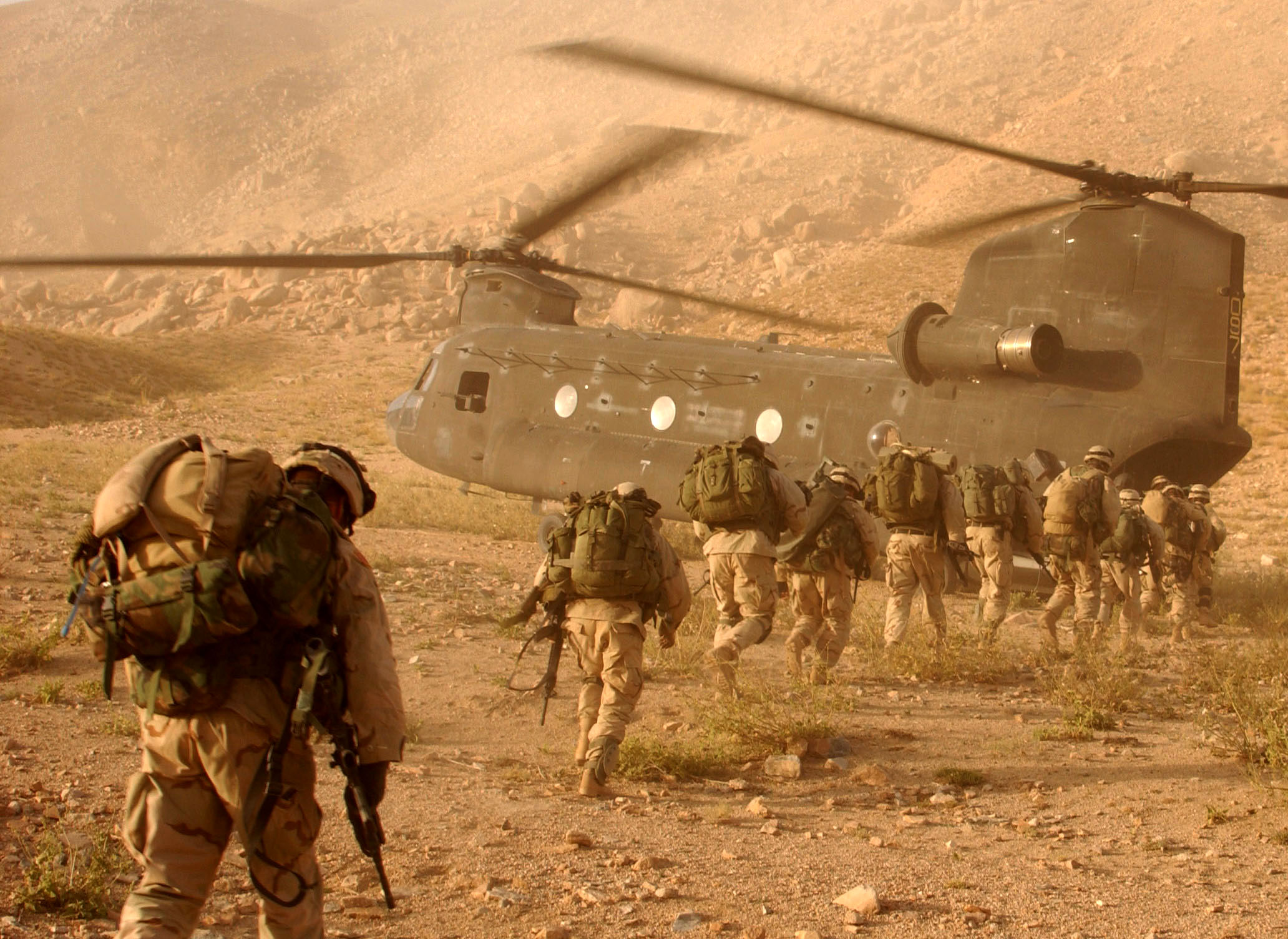
The Taliban then fled as anti-Taliban forces entered Kabul.
For a time, Afghanistan was liberated from Taliban control, and US troops poured into the country to search for al Qaida leader Osama bin Laden in a mountainous region known as Tora Bora.
Despite the numbers in which troops populated the country, he remained at large.
By the end of 2002, there were 9,700 US troops in Afghanistan.
Things seemed to be progressing well when, in 2004, Hamid Karzai won Afghanistan’s first direct presidential election,
The move was hailed by the US government as symbolic of the nation’s progress towards democracy.
After the election, millions of girls were able to return to school after being restricted from doing so by the Taliban.
Meanwhile, the Taliban had taken refuge in Pakistan and just as the US government’s attention turned to Iraq, they gradually began to show signs of re-emergence by launching occasional attacks on US forces in Afghanistan.
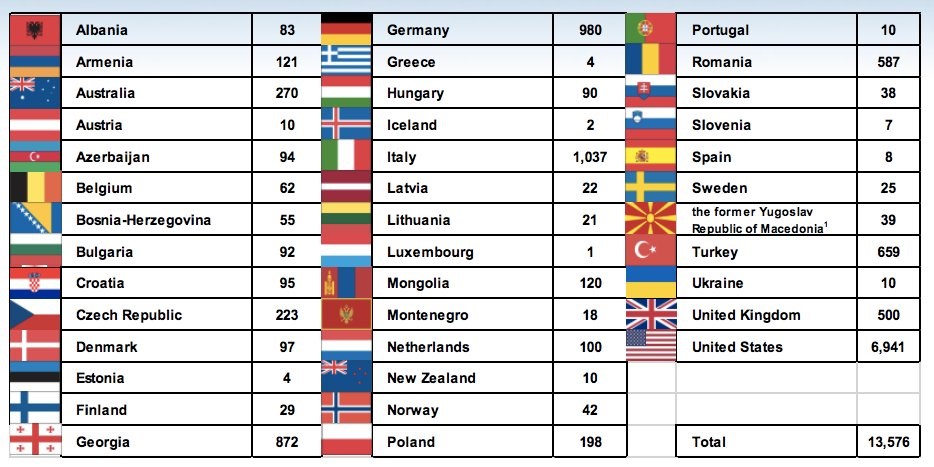
It was Iraq that then occupied the Bush administration until he left office in 2009.
By 2006, NATO had assumed responsibility for Afghan security; the US upped its number of troops to 30,000 and Britain boosted its contribution of forces based there.
Despite NATO’s efforts, however, the violence continued.
In 2009, Barack Obama took office in the States and vowed to re-focus efforts on Afghanistan.
In doing so, he brought troop levels to 100,000 in August 2010, whilst stating that they would begin to withdraw by 2011.
In 2011, Bin Laden was killed in a US raid in Pakistan, a huge victory for NATO forces and by the end of that year, NATO ended its combat mission in the country.
However, at the same time, a contested election to replace Mr Karzai introduced a more pro-US leader in Ashraf Ghani.
However, his government was bitterly divided.
With violence reaching post-2001 highs and Afghan security forces taking heavy casualties, President Obama backtracked on plans to virtually withdraw all US forces by the end of 2016.
Meanwhile, the Islamic State terror group was also steadily gaining a foothold in eastern Afghanistan.
Donald Trump all but ignored the Afghanistan conflict during his first months in office, leading people to believe that the fight had reached something of a stalemate.
But finally, president trump unveiled his Afghanistan plan in a television address.
He has said that the US will win "in the end", as he commits to stepping up US military engagement in Afghanistan.
